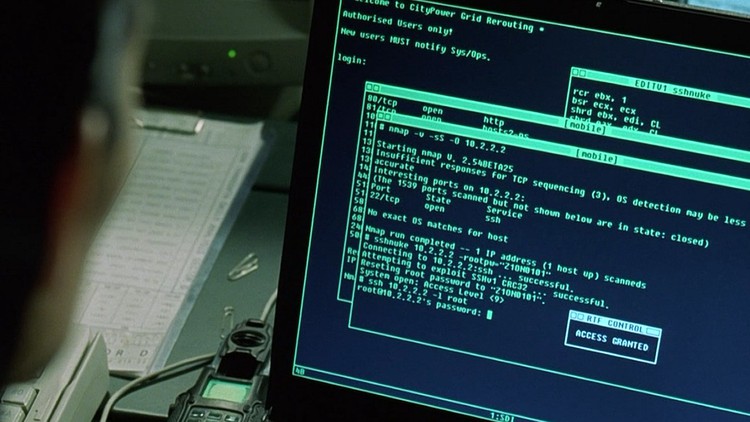
Learn Nmap for Ethical Hacking and Start your Career in Cyber Security
What you will learn
You will become an expert in using Nmap for ethical hacking, system administration and network security
Learn how to successfully discover active and vulnerable hosts on a network
Discover the secrets of ethical hacking and network discovery, using Nmap
You will understand how Nmap is used in combination with criminal hacking infrastructures (command and control) servers.
Description
Ethical hacking is a process of detecting vulnerabilities in an application, system, or organization’s infrastructure that an attacker can use to exploit an individual or organization. They use this process to prevent cyber attacks and security breaches by lawfully hacking into the systems and looking for weak points.
Confidentiality, integrity and availability, also known as the CIA triad, is a model designed to guide policies for information security within an organization. The model is also sometimes referred to as the AIC triad (availability, integrity and confidentiality) to avoid confusion with the Central Intelligence Agency.
Network security is the protection of the underlying networking infrastructure from unauthorized access, misuse, or theft. It involves creating a secure infrastructure for devices, applications, users, and applications to work in a secure manner.
What is Nmap ?
Nmap is a free and open-source network scanner created by Gordon Lyon. Nmap is used to discover hosts and services on a computer network by sending packets and analyzing the responses. Nmap provides a number of features for probing computer networks, including host discovery and service and operating system detection.
Some of this tool’s best features are that it’s open-source, free, multi-platform and receives constant updates each year. It also has a big plus: it’s one of the most complete host and network and port scanners available. It includes a large set of options to enhance your scanning and mapping tasks, and brings with it an incredible community and comprehensive documentation to help you understand this tool from the very start. Nmap can be used to:
- Create a complete computer network map.
- Find remote IP addresses of any hosts.
- Get the OS system and software details.
- Detect open ports on local and remote systems.
- Audit server security standards.
- Find vulnerabilities on remote and local hosts.
It was mentioned in the Top 20 OSINT Tools article we published, and today we’ll explore a little bit more about this essential security tool with some practical terminal-based Nmap commands.
Content